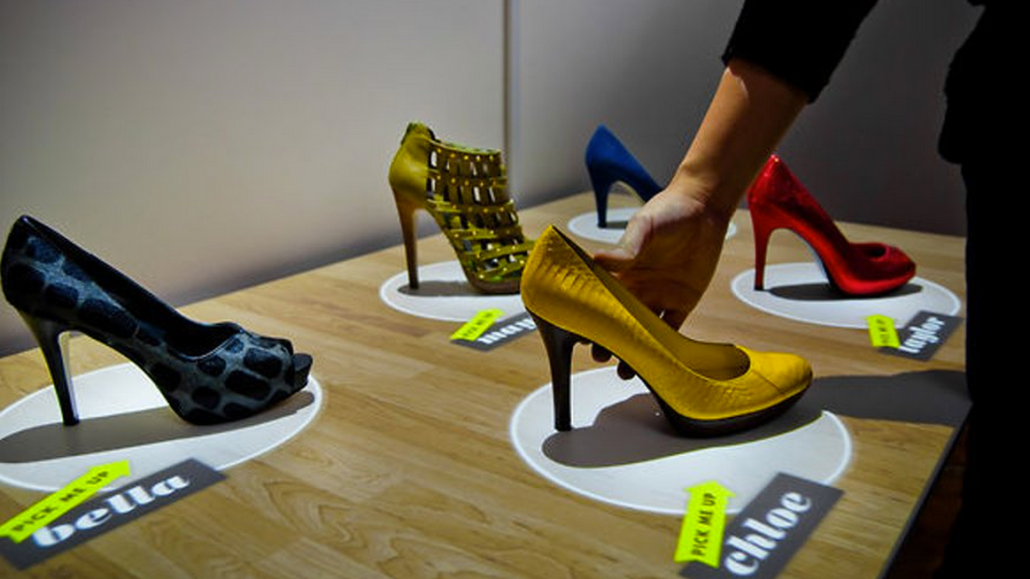
Find out how top retailers are using technology to bridge the gap between online and in-store technology at the Digiday Retail Summit in Deer Vally, Utah, from July 27-29.
Digital retailers have long relied on tracking consumers’ movements online, and using that data to target their advertising. Now, retailers may be able to use digital technology to track users’ in-store movements without asking consumers to opt-in via a pesky QR code or in-store app.
Retailers are already using sensor-based technology, like beacons, to provide deals to consumers. But according to IPG Media Lab’s Jack Pollock, they can also use sensors “to get a micro-level understanding of foot traffic and in-store behavior.”
Beyond wifi-sensing or Bluetooth-sensing, Pollock said that the IPG Media Lab, which tests new technologies for clients, has motion-sensing technologies — like Kinect cameras, which sense and register movements or motion-sensing using RFID tags that can measure consumer interaction at shelves — that are being tested.
“We equate this to browser cookies in the real world,” Pollock said. “We can now record if someone’s interacted or picked up a product off the shelf; time spent with that product; all of these metrics that we have online, brought offline.”
Companies like Perch Interactive are coupling that sensing technology with projectors to trigger media based on what people are picking up. It’s a whole new level of analytic, measuring product interaction at the shelf. Indeed, Perch’s technology is currently being used by Kate Spade, Kiehl’s and Cole Haan.
“It can be primarily used to optimize or plan around the layout of the store,” Pollock said. “Or it can be used to effect in-store digital signage to deliver more information at shelves, based on what people are interested in.”
In this video, for example, consumers pick up shoes from a display counter and are then given more information about them: details, photos, reviews, available sizes, etc. Not only does this give the consumer more information but also provides the retailer with information of what a consumer is interested in.
What’s more, the technology can also provide additional branded content surrounding the items. For example, this video from Perch shows consumers at Kate Spade’s New York store picking up items and then showcasing “destination-inspired products, travel and style tips.”
These technologies — in-motion sensors or shelf sensors — don’t require anything of the shopper other than natural behavior in the store. The retailer gets data from understanding how people interact with the shelf; the marketer can tailor messages based on what people are picking up at the shelf to in-store display
“You can walk into a store and have no technology on [you] and still have tailored and interesting experience in the store,” Pollock said. “In general it’s a chance to connect offline and online data, and people getting granular on foot traffic with the same sort of precision you get when optimizing and analyzing an ecommerce site for instance.”
This article was written by Josh Sternberg, senior editor for the Digiday Content Studio.
More in Marketing

Sora 2 copyright calculations highlight new role for agencies as risk whisperers
Challenges to IP norms mean agencies’ legal brains are in higher demand among brands.

How Gen Z is rewriting the career playbook
The youngest generation in the workforce has found a new career coach: social media.

Future of Marketing Briefing: L’Oréal builds the data backbone to its creator marketing
L’Oréal’s is building a data layer beneath its creator economy push.





